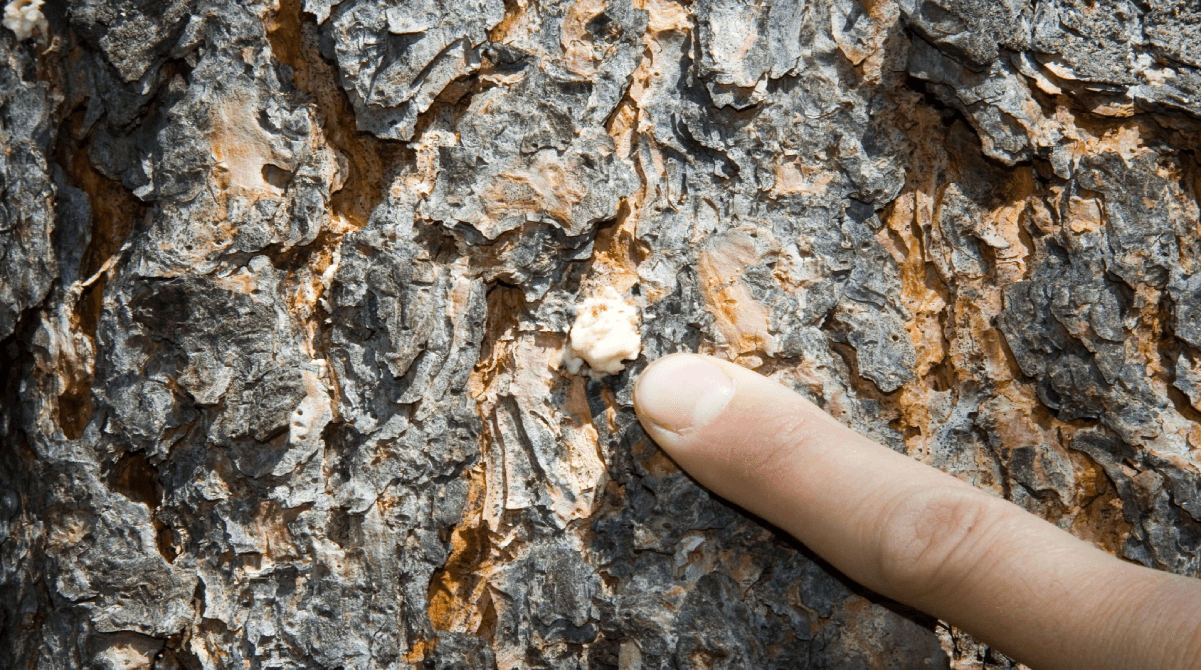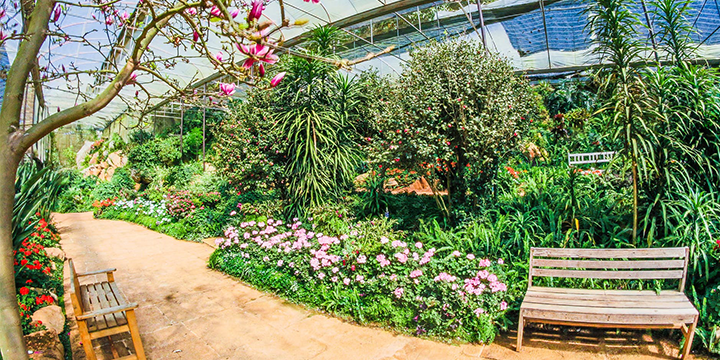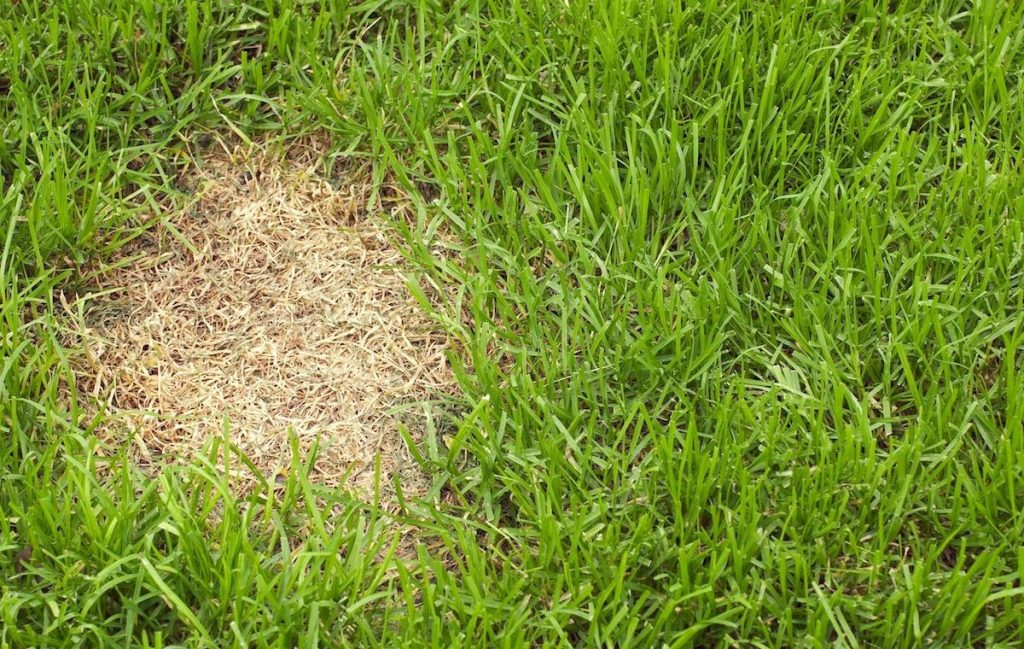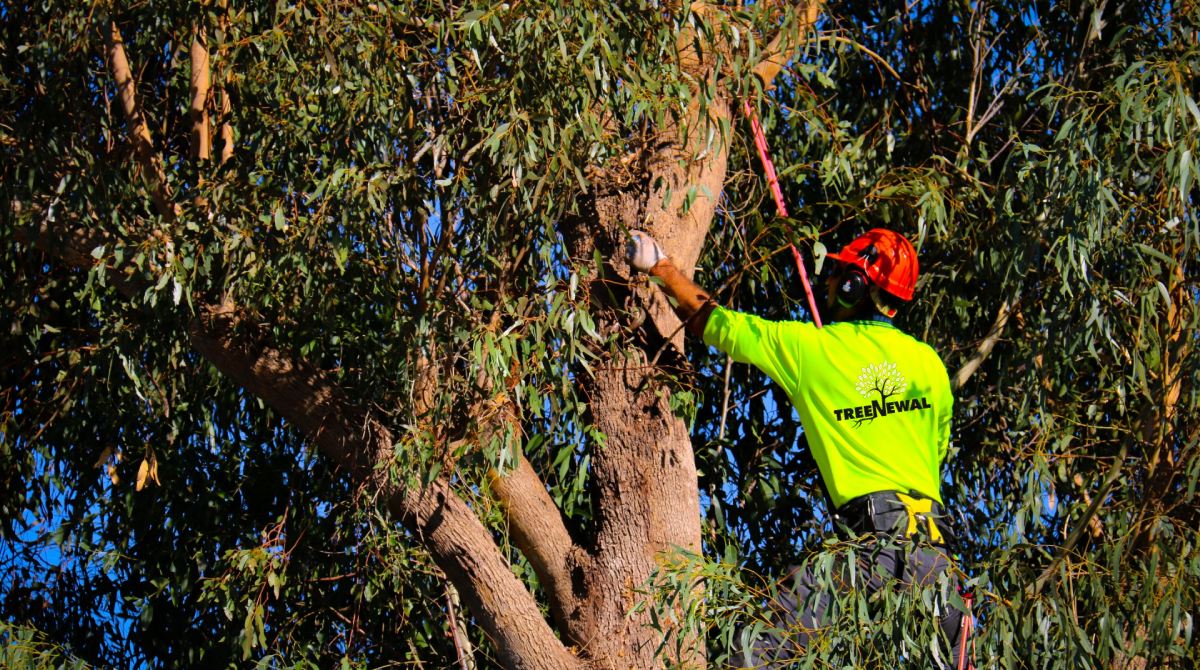
Long-term Control of Southern Pine Beetles in Fort Worth, TX
Date July 01, 2021
Category
When people think of the Piney Woods of Texas, they tend to think of East Texas. While it’s true that we rarely if ever, see Pine trees thriving in the black clay soil found in Dallas and Collin county, there are places in Denton and Tarrant county where Pine trees grow naturally in the sandy loam found there. Where you have Pine trees, you also have the potential for Pine beetles. The good news is that there’s a lot we can learn from our East Texas neighbors who have been dealing with Pine beetles for a long time. If you have Pine trees in your yard or on your property and have questions about how to manage Pine beetles, you’ve come to the right place! The information below is for you.
What are the types of Pine beetles?
While not all beetles on trees cause concern, since most insects aren’t bad for our trees and some are even beneficial, some beetles you need to look out for. When it comes to Pine beetles, there are multiple types we see in Texas. Most Pine beetles are secondary invaders, and only attack trees stressed or already being attacked by other pests or diseases. However, Southern Pine Beetles (SPB) will attack both healthy and stressed trees. During periods of adverse weather conditions, such as prolonged drought, Texas landowners will generally see an uptick in attacks by Pine engraver beetles.
What’s so concerning about Southern Pine Beetles?
Even though there are multiple Pine beetles found in Texas, forest owners are especially concerned about attacks by Southern Pine Beetles. They’re almost as worried about Southern Pine Beetles as they are about forest fires. You might be asking yourself what all the fuss is about. What makes SPB more dangerous than other Pine beetles? It’s because these beetles are capable of destroying a large swath of trees, even healthy ones, encompassing hundreds or thousands of acres with a single infestation. No other Pine beetles are capable of doing that kind of damage with a single infestation.
What can be done for long-term control?
When it comes to long-term control of Pine beetles, prevention is the best treatment. When trees are weakened by adverse weather conditions, disease, or other pests, the most stressed trees in hardwood-pine forests are vulnerable and likely to be attacked by Pine beetles. Even though Southern Pine Beetles can and will attack healthy trees, they’re most likely to prey on stressed and weakened trees. Property owners in East Texas work hard to keep their Longleaf Pine trees and other Pine trees as healthy as possible to maintain low populations of Pine beetles. We can learn from them and do the same thing for our Pine trees in North Texas. Making sure your trees have sufficient water, quality soil conditions, plenty of sunlight and room to grow, and are all-around being well-cared for, will significantly decrease their chances of infestation. With Pine trees, in particular, be sure to watch out for signs of root damage. If you think your Pine trees might be under stress for any reason, reach out to a certified arborist. TreeNewal’s ISA Certified Arborists are well-equipped to assess your Pine trees and develop a tree care plan to optimize their health.
What to look for?
If your tree shows signs of Pine beetle damage, the first step is to determine which type of beetle is attacking your tree. A certified arborist will be able to identify a Pine beetle attack and distinguish between the various classifications, but here are some things to look for:
- Pine beetles are about the size of a grain of rice and are reddish-brown to black. All Pine beetles have chewing mouthparts with which they create holes in the tree’s bark, feeding and laying eggs in the area between the bark and the wood. There can be multiple generations in a year, so all stages of life can be found in a tree at any time. Development is typically faster during the warmer months. There might be a short period of inactivity in the winter before adults begin to fly in the spring.
- The engraver beetles most commonly found in Texas make vertical-oriented galleries and tunnels. These galleries, which are usually in the shape of a “Y,” “H,” or “I,” are the easiest way to identify an engraver beetle attack. You might notice the presence of reddish-brown boring dust in the crevices of the tree. You might also see clumps of reddish-brown resin, called pitch tubes, around the beetles’ entrance and exit holes, usually found on the flat bark plates.
- There are some distinct differences when searching for signs of Southern Pine Beetles. Their galleries are usually in a meandering “S” shape. Their pitch tubes, which are a creamy white color, are generally found in the crevices between the bark plates where they tend to attack.
- Pitch tubes are the surest sign of a Pine beetle infestation, but they only happen when the tree has enough moisture, so they might not occur during periods of drought.
- Pine beetles cause a rapid decline in Pine trees. Once a tree is colonized, it will quickly die. The tree’s needles will turn yellow and then red. This can happen in as few as three weeks during the summer, although it might take longer in the winter. Once the tree’s needles turn red, the tree is dead and cannot be saved.
What can I do if my Pine trees are infested?
Often by the time land or homeowners notice a Pine beetle infestation in their Pine trees, the tree is already damaged beyond repair. Preventative measures, like keeping your Pine tree in optimal health or using preventative pesticides for valuable Pine trees, are the best option. Once a tree is under attack, careful removal and destruction of the infested tree is key to protecting nearby trees and controlling a widespread infestation. Work with a professional tree care company with the right tools, knowledge, and experience to handle safe tree removal. This is especially important in urban settings because Pine beetle attacks weaken the tree’s structural integrity, creating a serious safety hazard. TreeNewal’s tree surgeons in Fort Worth are available to help.
TreeNewal is the best choice for professional pest control.
If you think your Pine trees are stressed and vulnerable or already under attack by Pine beetles, you should immediately reach out to a certified arborist tree service. At TreeNewal, we have multiple ISA Certified Arborists on staff, as well as a team of highly skilled tree care experts who can help. We employ tree surgeons Texas homeowners trust, who care about tree health care in all stages of the tree’s life cycle. Aside from pest and disease control, TreeNewal also offers expert tree care services, such as tree trimming, tree pruning, and root aeration. Our team is trained and equipped to dispose of any dead trees safely, branches, stumps, and other debris that beetles infest. For more information, go to our website at treenewal.com. To set up an appointment, call us at tel:(817) 592-6846 .
To learn more about Long-term Control of Southern Pine Beetles in Fort Worth, TX, call our Argyle and Southlake-based teams
at tel:(817) 592-6846 or send us a message.
We’re a little different than the average tree services company.
Learn more about TreeNewal’s ISA Certified Arborists!
Our Dallas/Fort Worth-based tree doctors can explain how sustainable tree care services add more value to your bottom line.
Healthy trees, healthy lives.







